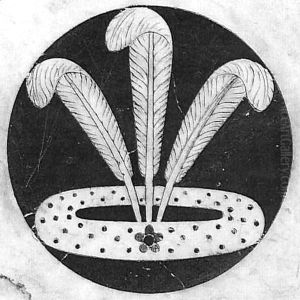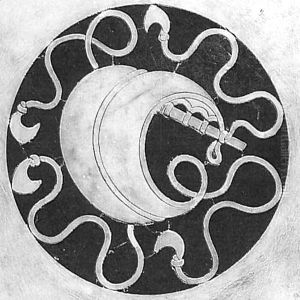Leon Battista Alberti Paintings
Leon Battista Alberti was a quintessential Renaissance man, embodying the era's spirit of combining multiple disciplines and talents into one individual. Born in Genoa, Italy, in 1404, Alberti was a polymath whose areas of interest and expertise included architecture, mathematics, linguistics, philosophy, and cryptography, among others. He was a key figure in the Italian Renaissance, contributing significantly to architecture, literature, and the arts, and is remembered for his emphasis on the importance of harmony and proportion in these fields.
Alberti's early life was marked by his family's banishment from Florence, a common practice at the time for political reasons, which meant that Alberti was educated in Padua and Bologna. He studied law at the University of Bologna, but his interests were far broader than just legal matters. Alberti's intellectual curiosity led him to study a wide range of subjects, including the classical languages and the works of ancient authors, which influenced his later work.
As an architect, Alberti was one of the first to apply the principles of classical Roman architecture to contemporary buildings, significantly influencing the development of Renaissance art and architecture. His architectural treatises, 'De re aedificatoria' (On the Art of Building), written in the mid-15th century, was the first architectural theory book since Vitruvius' 'De architectura' and became a cornerstone of Renaissance architectural theory. Alberti's designs themselves, such as the facade of the Palazzo Rucellai in Florence and the Church of San Francesco in Rimini, exemplify his innovative approach to merging classical harmony with contemporary needs.
In addition to his architectural achievements, Alberti made significant contributions to literature and theory. His treatise on painting, 'De pictura' (On Painting), was a fundamental text for Renaissance artists, advocating for the study of nature, the science of perspective, and the moral and intellectual qualities of the artist. Alberti also dabbled in poetry, philosophy, and even cryptology, writing a treatise on deciphering cryptographic messages.
Leon Battista Alberti's influence on the Renaissance was profound. His works and theories laid the groundwork for future generations of artists, architects, and thinkers, including Leonardo da Vinci and Michelangelo. Through his broad range of interests and accomplishments, Alberti epitomized the Renaissance ideal of the universal man, whose pursuit of knowledge and beauty across disciplines helped to shape the modern world. He died in Rome in 1472, leaving behind a legacy that continues to inspire admiration and study.

